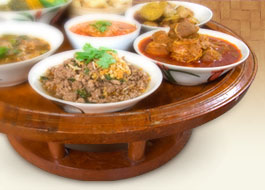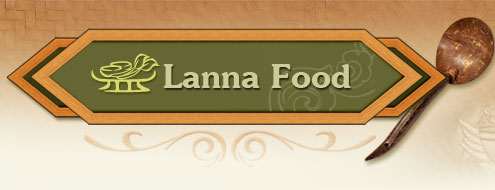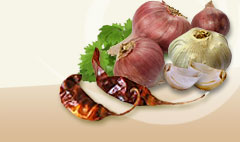Pomelo |
|
|
 | Citrus maxima |
|
| |
 | Rutaceae |
|
| |
 | Pomelo, shaddock |
|
| |
 | Ba o, ma o (Northern), lima bali (Malay-Yala), sang-u (Karen-Mae Hong Son), Korai talong (Khmer), io (Chinese) (Department of Agricultural Extension, 2007) |
|
| |
 | Tree 10 m. high, strong trunk, bark yellowish brown, branched profusely. Stem not straight due to short period of branching. Leaves simple, large, elliptic, obtuse, slightly undulate, glossy green, leaf stalk spreads like a wing, 2.5-10 cm wide, 10 15 cm. long. Inflorescence single or cluster around leaf axils or at the tip, bisexual with 5 petals and 5 sepals round tips, with 20-25 pistils. Fruit berry-like or round, large swollen near the stem, peel has oil glands, 5-7 in. long, white, pink or creamy flesh, sweet or sour. Seeds are quire a few, brown or yellowish. (Department of Agricultural Extension, 2007) |
|
| |
 |

Carbohydrates, fat, protein, fiber, calcium, phosphorus, Vitamins A, B1 B2 C and niacin. 100 gm. contains 41 kilocalories with fat 0.4 gm., carbohydrates 8.8 gm., protein 0.5 gm., fiber 0.7 gm., calcium 9 mg., phosphorus 21 mg., a trace of iron Vitamin A 26 mcg., Vitamin B1 0.07 mg., Vitamin B2 0.02 mg., Vitamin C 60 mg., niacin 0.4 mg. (Priya Trairatnarong, 2004, p. 210) Food: The flesh can be made into juice to drink to quench thirst or mixed with syrup and ice for a dessert or yam. Lanna people make tam som-o or tam ba-o from it. |

Leaves relieves stuffy or gassy stomach ro pulverized to put on the head to reduce a headache.
Flowers used as an expectorant for phlegm or to relieve gassiness.
Peel can be used as an expectorant, to relieve stuffy feeling, hernia, or boiled to bath with to stop itchiness.
Rind made into a medicine to treat dizziness, stuffiness.
Seeds relieve stomachache
Flesh or sarcocarp is used as an expectorant, a tonic, for soothing a sore throat. (Phak Phuen Ban Ahan Thai, 2005, p. 248)
(Wut Wuthithamwet, 1997, p. 424)
|
|
| |
 |
Department of Agricultural Extension. (2007). Phak Phuen Ban. Retrieved 10 June 2009 from http://singburi.doae.go.th/acri Priya Trairatnarong. (2004). Khamphi Phaet Samunphrai Phonlamai Lae Phuet Phak Suan Khrua. Bangkok: One World. Wut Wuthithamwet. (1997). Saranukrom Samunphrai: Ruam Lak Phesatchakam Thai. Bangkok: Odeon Store. |
|
| |
|
|




